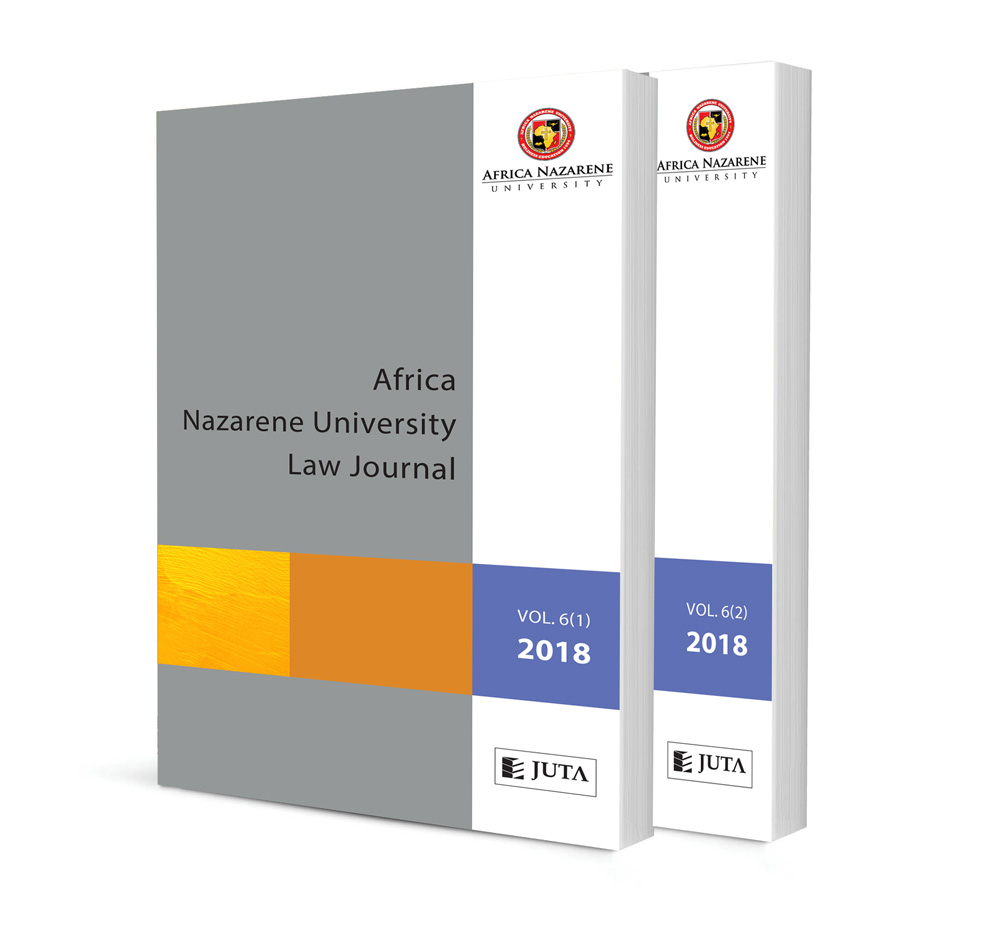
Sexual violence against women during times of conflict: Promise of the vulnerability theory
Author Judith A Oloo
ISSN: 2521-2613
Affiliations: BAL, LLB, LLM, PhD. Advocate of the High Court of Kenya and lecturer at the School of Law at Jomo Kenyatta University of Agriculture and Technology (JKUAT) in Nairobi, Kenya
Source: Africa Nazarene University Law Journal, 2020, Volume 8, Issue 1, p. 65 – 85
https://doi.org/10.47348/ANULJ/v8/i1a3
Abstract
Compared to most countries in sub-Saharan Africa, Kenya has, for a long time, enjoyed relative peace. However, this perceived peace has been marked with several incidents of internal clashes exposing women to large-scale gender-based sexual violence. While sexual violence is generally common in peacetime, it is exacerbated in conflict situations such as the post-election violence of 2007–2008 which saw mass incidents of rape and unprecedented killings in Kenya. This happened despite a robust legal framework prohibiting sexual violence. This article shows that the state’s to take cognisance of certain issues uniquely affecting women in Kenya in various aspects and contexts accumulate to disadvantage women, thereby making them more vulnerable. Second, the state’s failure to respond adequately to the unique plight of women during peacetime further exacerbates their suffering during armed conflicts. Thus, in a bid to find a better legal framework to protect women during conflict in Kenya, this article analyses the vulnerability theory of human rights which acknowledges that humans are generally and naturally vulnerable to certain elements. It concludes by stating that only when the vulnerability of women is understood and appreciated, can the law be effectively used to protect women against sexual and gender-based violence in conflict situations, among other hardships that women face, just by virtue of being women. It proposes among others a multidimensional approach including law reform, strict implementation of the existing law, economic inclusion of women and more investment in women as a remedy.